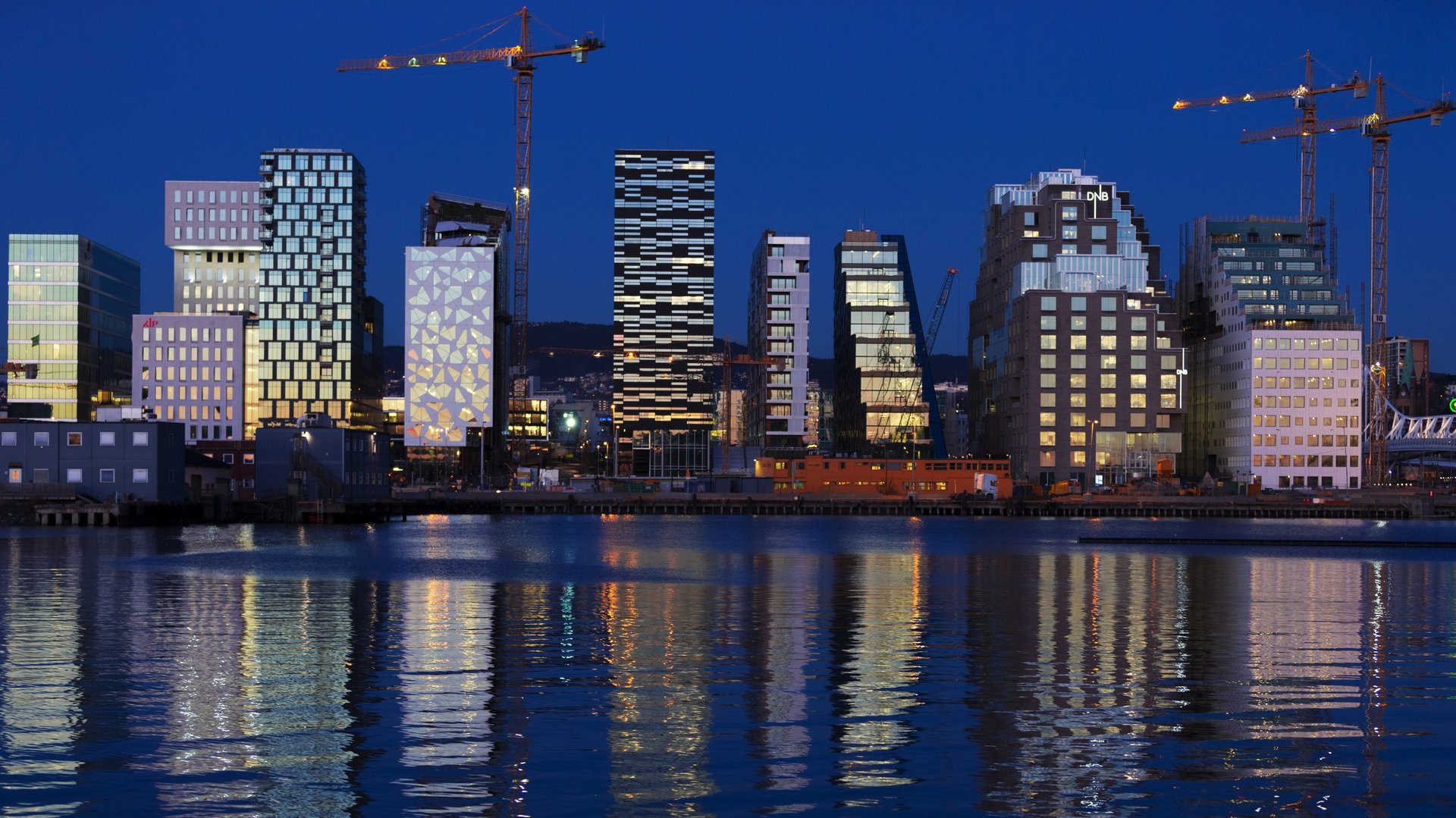Norway is the best country in the world to live in, according to the WEF
Davos, Switzerland


Davos, Switzerland
US president Donald Trump said last week that he wanted more of America’s immigrants to come from Norway, instead of “shithole countries” in Africa. When he comes to Davos this Friday, he will find out why that is not happening. According to World Economic Forum, Norway is the best country in the world in which to live.
Norway is given top prize because the World Economic Forum analysts use a different metric than the Gross Domestic Product. They think GDP is a narrow and blinkered measure of economic activity. It doesn’t care whether that activity benefits its citizens.
A pollution-spewing factory may be poisoning people within a ten-kilometre radius, but from a GDP point of view, the belching factory is positive economic activity and so are the increased visits to doctors and hospitals it causes. Events that are good for funeral homes are likely also good for the GDP.
Most economists and business analysts in North America obsess over economic data and the GDP most of all. Saying otherwise is heresy. Movement in the GDP tells central banks when to loosen or tighten the money supply. Voters judge governments on whether the country’s GDP is going up fast enough. Analysts measure whether government “stimulus initiatives” move the GDP needle.
The downside is that is that governments focus on short-term stimulus rather than sustainable long-term planning.
GDP defenders tend to be those who work on Wall Street or make their living in the financial services industry. Rising GDP makes for a good Dow, they say, and a good Dow helps everybody.
Except it doesn’t. A few decades ago the argument that a rising economic tide lifts all boats was somewhat true. The benefits of a bigger economy were widely shared. But that is no longer the case. In the United States, for example, we see that high growth and a roaring Dow is benefitting the wealthy at the expense of the poor.
In many countries, the rising economic tide is lifting the yachts, but the poor folks in dinghies are taking on water and sinking. Income inequality is getting worse, not better.
In documents distributed in Davos, WEF leaders warned that “political and business leaders should not expect higher growth to be a panacea for the social frustrations, including those of younger generations who have shaken the politics of many countries in recent years.”
A number of groups have argued that GDP obsession is folly. But I would say that WEF is the most influential organization to do so. It is also one of the few to propose a solid alternative.
WEF says we should use its Inclusive Development Index. The index assesses how countries perform on 11 dimensions of economic progress in addition to GDP. It has three pillars: growth and development; inclusion; and intergenerational equity—sustainable stewardship of natural and financial resources.
The indicators that make up the Index’s growth and development pillar are GDP per capita; labor productivity; employment; and healthy life expectancy.
When WEF talks about “inclusion,” this is a measure of median household income, poverty, and wealth and income inequality.
The sustainable stewardship of natural and financial resources measures areas such as public debt, carbon intensity of GDP, and depletion of natural resources.
According to WEF, over the past five years, the 29 advanced economies boosted their growth and development score by over 3%. However, they flatlined in terms of inclusion. Income inequality is growing.
As noted earlier, WEF thinks the world’s most inclusive advanced economy is Norway. It ranks second overall for intergenerational equity and third for the two other pillars of the index: growth and development, and inclusion. Small European economies dominate the top of the index, with Australia (9) the only non-European economy in the top 10.
Of the G7 economies, Germany (12) ranks the highest. It is followed by Canada (17), France (18), the United Kingdom (21), the United States (23), Japan (24) and Italy (27).
It is much the same discussion one can have about the American health care system. It is the most expensive system in the world; it consumes more of the economy than any other country. If you have the money, it is the best care you can buy. But even with Obamacare, many Americans lack decent health care. Infant mortality rates are the amongst the highest in the developed world. So are the deaths of women giving childbirth. Whether the American system is the best or not depends on your point of view and the size of your wallet.
As a Canadian, I’ll take our system over that.